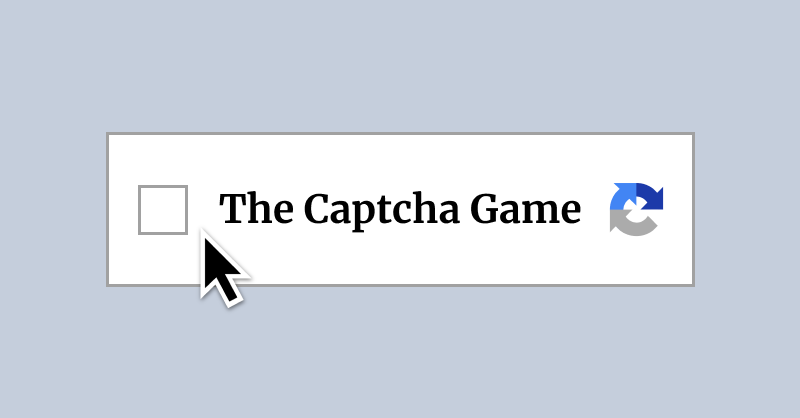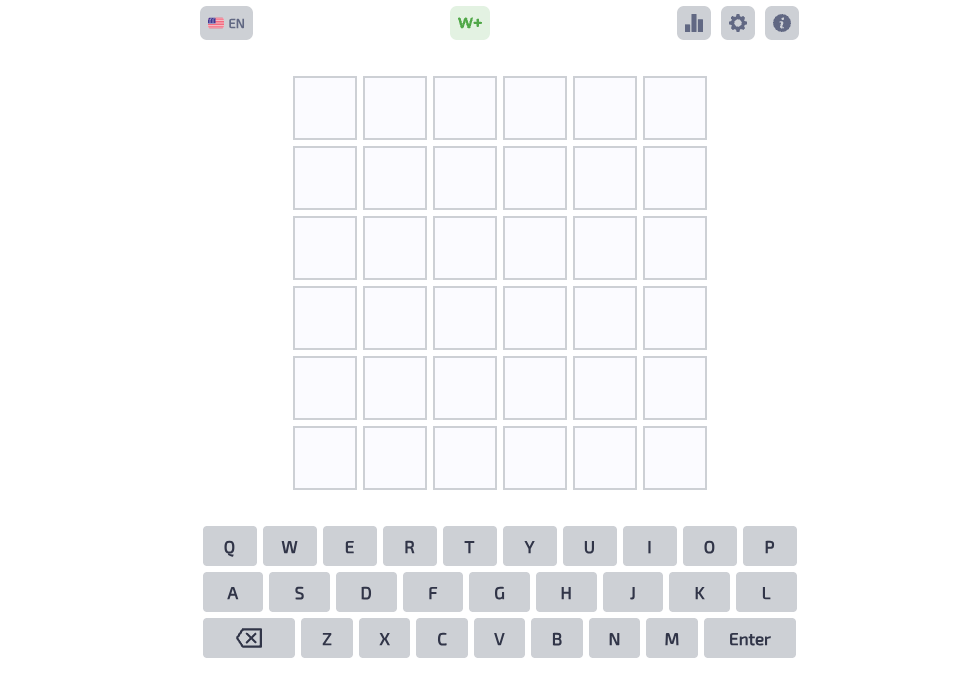Keep Harvey stable while the ledger watches.
Keep exploring
Keep the momentum going with more arena racers, action trials, and puzzle standouts.

Hotline Miami

Fireboy and Watergirl: Fairy Tales

Take Care of Your Own Hollyberry

The Captcha Game

Fireboy and Watergirl: Elements

Pips NYT

Wordle 2

Polytrack

Fireboy and Watergirl: Ice Temple

Human Expenditure Program
Inside the Human Expenditure Program
Care for one man while an invisible system judges
BLOODMONEY2 places you in charge of Harvey’s most ordinary needs inside a sanitized facility, then turns those small choices into a running evaluation. Meals, hygiene, rest, and mood all appear manageable on the surface, but BLOODMONEY2 hides a scorekeeper that never blinks. You’ll click to brush, stir, tidy, and budget, and the program quietly tallies whether you rushed, whether you cut corners, and whether you showed kindness when the clock said you shouldn’t. The result is a loop that seems cozy until you notice the clipboard in the corner of your eye—and realize BLOODMONEY2 is documenting your definition of care.
Five compact tasks that add up to a profile
Each cycle in BLOODMONEY2 consists of micro-interactions: align the toothbrush, time a simmering pan, sort bills into safe and risky columns, nudge bedtime before the line dips, and step in when Harvey’s emotional state wobbles. The controls are simple—mouse moves and single clicks—but the system watches how you prioritize. In BLOODMONEY2, finishing fast may please the efficiency metric while upsetting a compassion meter you didn’t notice was sliding. Linger too long to soothe him and the obedience category frowns. Over several loops, the facility decides what kind of caretaker you are, and BLOODMONEY2 reshapes scenes accordingly.
Surveillance you feel, not just see
What makes BLOODMONEY2 unsettling is restraint. The interface is pastel, the sounds are gentle, and the monitors rarely alarm. Yet you sense the ledger behind the glass. When you hover over a task in BLOODMONEY2, you imagine auditors debating your click: Did you skimp on soap? Did you season the food, or just heat and serve? Did you open the window for air even though the schedule discouraged it? One quiet checkbox at the end of a loop says “acceptable,” and the way that word lands turns BLOODMONEY2 from routine sim into slow-burn horror.
Short sessions that invite long reflection
Runs in BLOODMONEY2 are deliberately brief. You can complete a day in minutes, file the report, and jump back in. That brevity tempts experimentation: What if you maximize speed? What if you favor empathy? What if you obey every instruction exactly? BLOODMONEY2 answers not with a score splash, but with evolving dialogue, minor interface distortions, and shifts in Harvey’s demeanor. A line that was neutral becomes awkwardly polite; a cheery prompt starts to sound like a warning. The longer you replay, the more BLOODMONEY2 persuades you that routine care is a stage where ethics and bureaucracy wrestle behind a smile.
Branching paperwork and small consequences
There are no dramatic cutscenes, but BLOODMONEY2 makes paperwork feel like fate. Miss a hygiene window and a later note hints at “corrective guidance.” Skim a budget and you’ll face a new form that “simplifies” choices while narrowing them. Offer comfort during a shaky moment and an offhand tooltip in BLOODMONEY2 thanks you for “nonstandard attention,” then nudges your future options in ways you only notice on your third or fourth pass. It’s not loud, yet the cumulative weight is heavy.
Strategy in a place that pretends there’s none
To thrive in BLOODMONEY2, think like a time-and-morale analyst. Use early seconds to secure any task whose penalty snowballs, then pivot to mood stabilizers before efficiency decays. Track how the program reacts to over-caring—sometimes a quick, neutral action yields better long-term outcomes than an elaborate fix. And remember that BLOODMONEY2 records patterns; perfect identical loops can trigger audits just as surely as messy ones. Vary your approach to stay off the radar while still protecting Harvey’s well-being.
Signals to watch
First, listen for micro-audio cues: utensil clinks, water pressure shifts, and page turns subtly indicate thresholds. BLOODMONEY2 hides a rhythm in these sounds that can shave seconds without looking rushed. Second, note color fades; a pastel dulling in BLOODMONEY2 often means you drifted from the preferred range. Third, respect the border hints: margins softly pulsate when your behavior matches or deviates from a modeled profile. These are breadcrumbs the auditors forgot to remove.
Why this loop gets under your skin
Many sims measure efficiency, but BLOODMONEY2 measures identity. After a dozen runs, you may catch yourself narrating the day like a case worker, justifying each click to an invisible supervisor. You’ll wonder whether compassion is only tolerated when it’s convenient, whether obedience is being confused with safety, and whether speed counts as virtue because a spreadsheet said so. BLOODMONEY2 doesn’t scold you outright; it simply reflects your habits until the reflection looks like policy.
For players who enjoy moral friction
If you like tight loops that reveal new layers with each pass, BLOODMONEY2 delivers. Fans of narrative experiments that live in UI choices rather than cutscenes will find a lot to parse. If you enjoy games where the tension comes from “Did I do enough?” rather than “Did I win?”, BLOODMONEY2 will feel uncomfortably precise. And if you chase alternate endings, the facility’s reports and tiny glitches are your treasure map.
Practical tips for early cycles
Begin with a balanced route: perform hygiene first to lock in an invisible freshness buffer in BLOODMONEY2, then prep a meal to stabilize mood while you organize finances. Keep bedtime slightly early for a hidden bonus that compounds in later forms. When an unusual prompt appears in BLOODMONEY2—something that looks helpful but off-schedule—consider choosing it once, then skipping it next loop to compare ripples. Treat every checkbox label as lore; the vocabulary in BLOODMONEY2 is as revealing as any graph.
On mercy and metrics
Sometimes a kind act will ding a category. That’s the point. BLOODMONEY2 asks whether you can accept a temporary penalty to prevent a long-term erasure of someone’s humanity. Other times the opposite happens: a cold, quick action in BLOODMONEY2 keeps the system smiling, and Harvey goes quiet in a way that reads as relief on paper. Deciding which trade you can live with is the game.
Your report is a mirror
By the time you’ve submitted several evaluations, BLOODMONEY2 has mapped your tendencies. Maybe you over-index on efficiency. Maybe you break rules for comfort. Maybe you oscillate, trying to trick the auditors. The program notices. It won’t punish you with jump scares; it will annotate you with language that sounds neutral until you realize it’s a cage. That’s the horror of BLOODMONEY2: nothing explodes, but something essential narrows every time you comply without asking why.
Play a few short days, read the quiet feedback, and try again. BLOODMONEY2 rewards attention, patience, and the courage to accept messy outcomes if they preserve a person rather than a chart. In a world that confuses smooth operations with good care, BLOODMONEY2 dares you to define care for yourself—and then keeps the receipt.
Keep Harvey stable while the ledger watches. is ready to play
Manage Harvey’s daily care under watchful auditors. Balance speed, mercy, and obedience in BLOODMONEY2 to unlock reports, glitches, and branching outcomes.
Share Keep Harvey stable while the ledger watches.
Spread the word, invite friends, or bookmark this page to revisit the story whenever you need it.